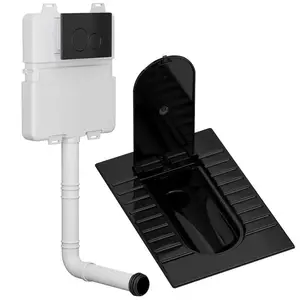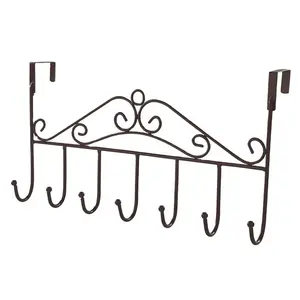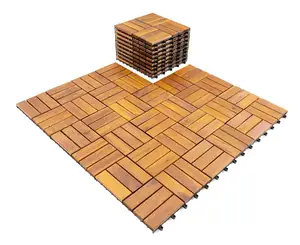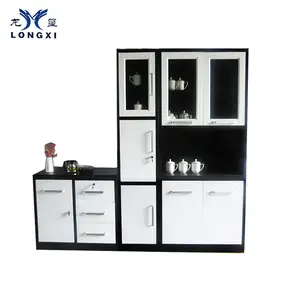Popular in your industry




























































Top categories
About concrete sheet
Introduction
In the ever-evolving world of construction, new materials and techniques are constantly being introduced, promising to revolutionize the industry. One such game-changer is the use of concrete sheets, also known as cement boards. These sturdy, versatile, and environmentally friendly materials are transforming the way we approach construction projects. This comprehensive guide will delve into the benefits of concrete sheets, their durability, ease of installation, cost-effectiveness, and environmental impact. We will also explore how to implement them in your projects, from choosing the right type to installation techniques and maintenance. Real-world case studies will further illustrate the effectiveness of concrete sheets in various construction scenarios.
Understanding Concrete Sheets: An Overview
Concrete sheets, also known as cement boards, are a type of backer board made from cement slurry and fiberglass mesh. Once hardened, these boards are porous, aiding in their adherence to grout and mortar. They typically come in 3-by-5-foot sheet panels, with varying thicknesses. Most concrete sheets are either one-fourth, one-half, or five-eighths inches thick. They serve as an excellent backing material for tile or stone on walls, countertops, and floors, providing a sturdy and reliable base for construction projects.
Benefits of Using Concrete Sheets in Construction
Concrete sheets offer numerous benefits in construction. Their unique blend of cement, sand, and cellulose fibers provides long-term durability, with an average lifespan of around 40 years. These boards are fire-resistant, insulating from heat, and can withstand extreme weather conditions. They require low maintenance and are less prone to cracking or breaking. Additionally, they are environmentally friendly, made from recycled materials. Concrete sheets also offer flexibility in installation and style selection, with a variety of textures, shapes, and sizes available.
Durability and Strength
Concrete sheets are renowned for their durability and strength. They resist weathering, chemical attack, and abrasion while maintaining their desired engineering properties. The durability of concrete sheets is defined by their ability to withstand different exposure environments and maintain their properties. For instance, concrete exposed to tidal seawater will have different requirements than an indoor concrete floor. Furthermore, concrete sheets are resistant to high humidity, rain, and ultraviolet radiation. They are also inedible, making them resistant to damage by vermin and insects. These factors contribute to the long service life of buildings constructed with concrete sheets, often exceeding 30 years.
Ease of Installation
Installing concrete sheets is a straightforward process. First, prepare your work area and cut the cement boards to size. Then, apply thinset mortar to the area and lay the cement boards on top, securing them with screws. After all boards are laid, tape the seams and apply another layer of thinset mortar. Optionally, a waterproof membrane can be applied for areas with high moisture. This process is beginner-friendly and doesn't require specialized skills, making concrete sheets an easy-to-install option for construction projects.
Cost-Effectiveness
While the upfront costs of concrete sheets may be higher compared to other materials, pro-rating those on an annual basis over 50+ years actually makes for a more affordable deal. A study recommended concrete sheets as the best blend of cost, durability, and environmental impact. Furthermore, concrete sheets are low maintenance, eliminating regular costs associated with other materials. Therefore, concrete sheets offer cost-effectiveness in the long run.
Environmental Impact
Concrete sheets are environmentally friendly. Their manufacturing process recycles water and solid wastes, and uses sustainable raw materials. These sheets are incredibly durable, withstanding weather, insects, water, and fire, remaining undamaged for up to 50 years. This longevity reduces the need for replacement or repair, saving money and materials. Furthermore, concrete sheets are versatile, able to mimic other materials, reducing the need for diverse resources. Lastly, they are made using non-toxic materials, posing less risk to human health.
How to Implement Concrete Sheets in Your Construction Projects
Implementing concrete sheets in your construction projects involves a few key steps. First, prepare your work area by removing old materials and cleaning thoroughly. Then, cut the cement boards to size, using a jigsaw or a special cement board blade. Apply thinset mortar to your work area, lay the cement boards, and secure them with screws. Tape the seams with fiberglass mesh tape and apply another layer of thinset mortar. Optionally, apply a waterproof membrane for areas with high moisture. Finally, you're ready to lay your tile or other surface material.
Choosing the Right Concrete Sheets
Choosing the right concrete sheets for your construction project is crucial. Special products manufactured for concrete formwork are recommended for most general forming uses. They're made with moisture-resistant adhesive and come in three basic grades. These can be ordered with a High or Medium Density Overlaid surface on one or both sides. Always insist on products bearing quality trademarks, which signify quality and conformance with standards. Be wary of non-certified, imported products as they may not meet the strict criteria necessary for the intended application.
Installation Techniques
Installing concrete sheets is a straightforward process. Start by preparing the work area and cutting the sheets to size. Apply thinset mortar to the area and lay the sheets, securing them with screws. Tape the seams with fiberglass mesh tape and apply another layer of thinset. Optionally, apply a waterproof membrane for areas with high moisture. Once dry, your surface is ready for tile. Remember to follow safety guidelines and use appropriate tools for the job.
Maintenance and Care
Maintaining your concrete sheets is crucial to ensure their longevity. Improper cleaning or maintenance could lead to damage not covered by the warranty. It's recommended to follow specific exterior house washing guidelines for such materials. Proper care can significantly enhance the durability and aesthetic appeal of your construction projects.
Case Studies: Successful Construction Projects Using Concrete Sheets
Concrete sheets have been instrumental in various successful construction projects. For instance, they were used in building an education facility. A renowned university also utilized concrete sheets to waterproof their new bioresearch laboratory. In another case, a university's hall was repaired using these products. Moreover, concrete sheets were chosen for waterproofing a major international airport rail station project. These case studies demonstrate the versatility and effectiveness of concrete sheets in diverse construction scenarios.
Residential Buildings
Residential buildings can greatly benefit from the use of precast concrete, as demonstrated by a particular home. Designed by a renowned architect, the home utilized precast concrete floor planks and walls, which provided structural integrity and reduced sound transmission. The off-site production of these elements allowed for quick on-site assembly. The precast system eliminated the need for load-bearing walls, enabling an open concept design. Moreover, the precast walls were ready for wiring and plumbing, reducing the number of on-site tradespeople during construction. The home is virtually fireproof, moisture- and vermin-resistant, and requires minimal maintenance.
Commercial Structures
Commercial structures often utilize concrete walls due to their durability, strength, and cost-effectiveness. Tilt-up concrete walls, for instance, are popular in large-scale projects like retail stores, manufacturing facilities, and schools. They are massive, durable, and can withstand high-magnitude earthquakes. Precast concrete walls, manufactured in a controlled environment, offer high compressive strength and are ideal for areas with unpredictable weather. Block concrete walls, made from concrete masonry units, provide a reliable option for exterior or interior walls. These types of concrete walls demonstrate the versatility and robustness of concrete in commercial construction.
Infrastructure Projects
Concrete plays a pivotal role in infrastructure construction, offering design flexibility, versatility, and cost-effectiveness. Its load-bearing properties reduce the need for additional building materials, enabling longer and wider floor spans. Furthermore, concrete's density and mass make it preferred for building taller structures in high wind and seismic environments due to its lateral stiffness and resistance to horizontal movement. Concrete's durability ensures it endures for decades, reducing the need for early replacement or reconstruction.
Conclusion
Concrete sheets have proven to be a revolutionary material in the construction industry, offering a blend of durability, cost-effectiveness, and environmental friendliness that is hard to match. Their versatility allows for a wide range of applications, from residential buildings to commercial structures and infrastructure projects. The ease of installation and low maintenance requirements further enhance their appeal. By choosing the right type of concrete sheets and following the correct installation and maintenance procedures, you can ensure the longevity and performance of your construction projects. As demonstrated by numerous successful case studies, concrete sheets are a reliable and efficient choice for modern construction, promising a future of sustainable and resilient structures.


































